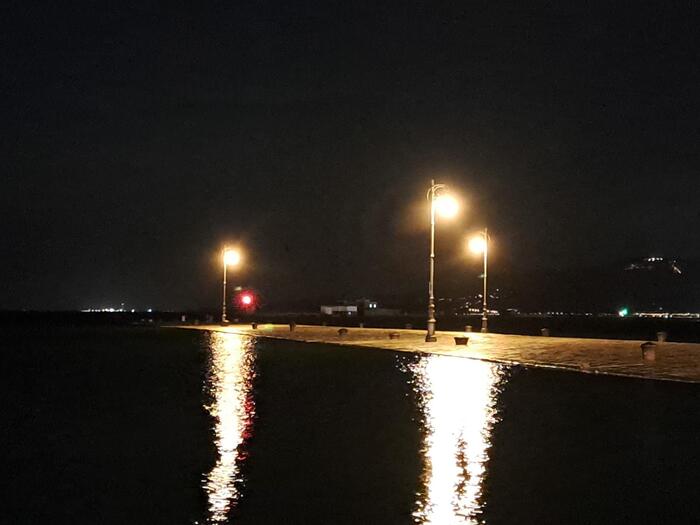Manage the impact of light and noise pollution on lakes, rivers and seas and defend the biodiversity of aquatic systems.
These are the objectives of the new AquaPlan project which started in 2024 with European funding of around 2.6 million euros.
Until 2027, explains a note, the University of Pisa will coordinate an international partnership with the aim of studying the impacts and suggesting solutions to mitigate these types of pollution.
"In recent decades we have known more about the impacts of light and noise pollution (Light and noise pollution - Lnp) on aquatic biodiversity - explains Elena Maggi, professor of Ecology at the biology department of the University of Pisa and coordinator of the project -. However, we still do not know well the combined effects of these phenomena on a large scale and over long periods of time; thanks to AquaPlan we want to fill this gap."
The project's field of action is very broad, from the North Sea to the Mediterranean, up to the Red Sea.
For example, the rocky coasts of Devon and Cornwall in the south-west of the UK will be studied, areas characterized by contrasting levels of light and noise pollution.
To determine the long-term impact on macroalgae and aquatic plants (such as Posidonia oceanica), two coastal habitats will be monitored along the Ligurian and Tuscan coasts, from the island of Capraia to the Secche della Meloria.
Even further south, noise and light pollution levels will be assessed in coastal cities such as Eilat (Israel) and Aqaba (Jordan), characterized by a population of tens of thousands of people and industrial complexes along the coasts, commercial, military and tourist ports for pleasure ships.
Rivers and estuaries will instead be at the center of the investigations in the Netherlands, where the passage of migratory fish will be analyzed in particular with reference to critical points such as locks or dams.
Not least the lakes in Germany, where high-resolution video systems combined with high-performance image recognition tools through the use of Artificial Intelligence will be used to monitor the movements of zooplankton.
Reproduction reserved © Copyright ANSA

